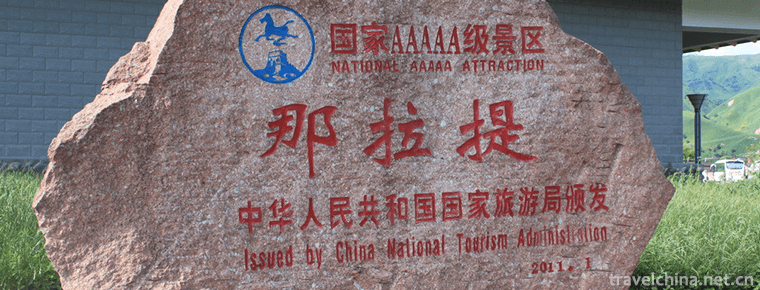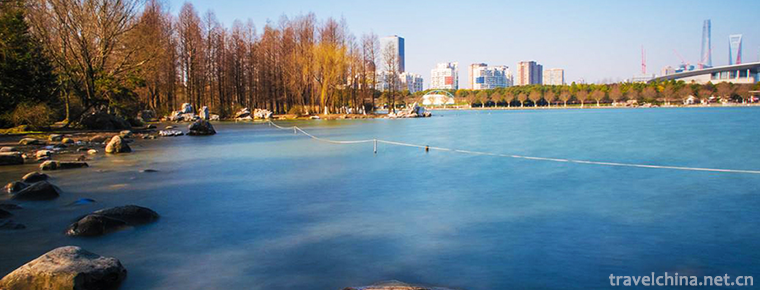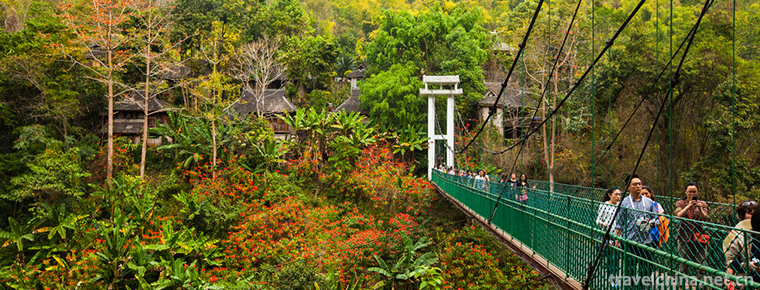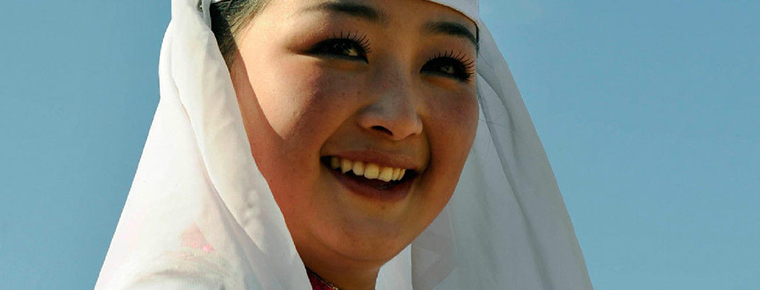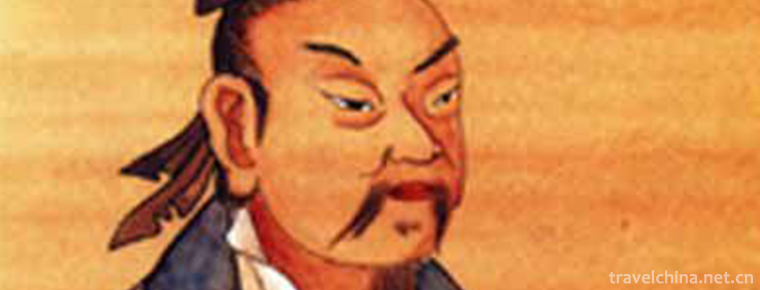Maonan people beat monkey drum
Maonan people beat monkey drum
"Monkey Drum Dance" is a traditional dance of Maonan nationality in Guizhou Province, which is used for funeral activities and performed by wizards. It is spread in some villages of Pingtang County. "Monkey drum dance" can be divided into two types: men's solo dance and double dance. The contents are divided into three parts: the birth of Monkey King, monkey's knocking on toon and monkey's fire leading way, which shows the origin, unity and bravery of Maonan nationality. Don't forget your ancestors'wishes, etc. Nowadays, monkey drum dance has become the most popular self-entertainment dance.
In June 2008, the monkey-beating drum declared by Pingtang County of Guizhou Province was listed in the second batch of national intangible cultural heritage list with the approval of the State Council.
historical origin
"Maonan people beating monkey drum" is also called "monkey drum dance". It is one of the folk dances of Maonan people, a minority nationality with less than 100,000 people in China. It originated from Jiaweng Group of Jiaba Village, Kapu Maonan Township, Pingtang County, Guizhou Province. It is a folk dance performed by wizards by Maonan people in funeral customs. It reflects the contents of witchcraft etiquette, funeral exorcism, evasion of evil and seeking good fortune, and worship of the elves. It has been handed down for more than 600 years.
Later, in order to commemorate the deceased relatives, Maonan people used animal skins to make hand drums, transforming the legends about the three brothers into a form of national dance to commemorate their deep feelings for their relatives, which became the cultural classic of Maonan people - "monkey inspiration". In addition to sacrificing the deceased relatives with bronze drums, Maonan people have to use monkey drums to express their nostalgia for the deceased relatives. Because of their happy rhythm and funny movements, they gradually evolved into some festivals of Maonan people and became the traditional dance of Maonan people.
artistic characteristics
Maonan folk dance is mainly spread in Maonan Township of Kapu, Liudong and Hezhong of Zhimi Township. The representative programs are "beat monkey drum", "blocking door song and dance", "torch festival", "Deya cattle" and so on. The dance of "beating monkey drum" is mainly used in funeral ceremonies. It is divided into three parts: The Birth of the Monkey King, The Monkey Knocks on the Pile and The Monkey Leads the Way. One person beats the bronze drum, one beats the skin drum and three perform. The performance time can vary according to the mood of the performer. "Barrage song" is a kind of etiquette performance organized by the man's family to welcome his wife into the house. It sings with accompaniment, beats her around with a brown fan to show dust removal, and wears a rotten hat on her head to show cool, improvisation and humor. "Torch Festival" is the Maonan people lighting with torches on New Year's Eve, beating gongs and drums, bragging horns and trumpets, suona, in groups up the mountain "cursing" and "capturing captives". The whole activity was improvised, with one person dancing and singing, and two or more people dancing. It was very lively.
Inheritance significance
The Maonan Drum for Fighting Monkeys is one of the unique folk dances of the Maonan nationality in China. Originated from Jiaweng Formation of Jiaba Village, Kapu Maonan Township, Pingtang County, Guizhou Province, it is a folk dance performed by wizards by Maonan people in funeral customs. Dance combines witchcraft sacrificial act with religious and legal act, which has distinct national and local cultural characteristics and outstanding folk traditional cultural space.
The dancing movements are bold, smart, simple and vigorous. They reflect the precious national spirit and the desire of Maonan people for a better life. They also reflect the folk customs and totem consciousness of Maonan people. They are the living fossils for the study of Maonan national culture and customs.
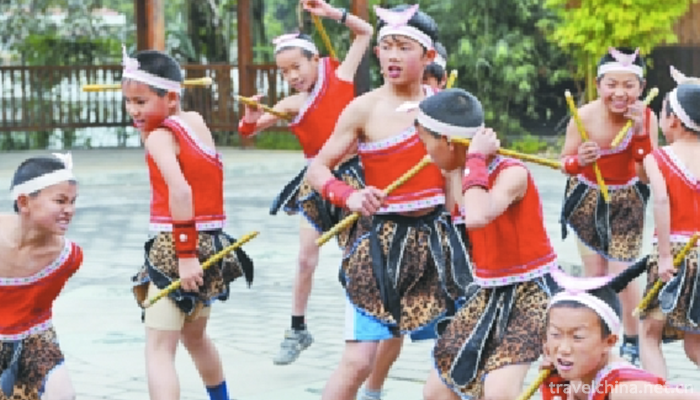

Maonan people beat monkey drum
-
Mount Song
Songshan, known as the "foreign side" in ancient times, Xia and Shang Dynasties as "lofty" and "Chongshan", Western Zhou Dynasty as "Yue Shan", Songshan as the
Views: 237 Time 2018-10-30 -
Narati Scenic Spot
Narati Tourist Scenic Area, located in Xinyuan County, Xinjiang, is located in the hinterland of Tianshan Mountains, the eastern end of the Ili Valley
Views: 161 Time 2018-12-12 -
Shanghai Century Park
Century Park, formerly known as Pudong Central Park, is a relatively large park in Pudong area, covering 140.3 hectares. It is located in the southeast of Pudong Huamu
Views: 164 Time 2018-12-19 -
Xishuangbanna Primitive Forest Park
Xishuangbanna Primitive Forest Park, located in the east of Jinghong and north of Lancang River, is 8 kilometers away from the seat of the state capital.
Views: 209 Time 2019-02-25 -
Mosukun of Oroqen Nationality
Mosukun of Oroqen nationality is Oroqen language, meaning "telling and singing stories". Most of the performances are performed by a single person without accompaniment of musical instrument
Views: 159 Time 2019-04-28 -
Guangchang Meng Opera
Guangchang Mengxi Opera, a traditional local drama popular in Guangchang County, Jiangxi Province, is one of the national intangible cultural heritage.
Views: 130 Time 2019-05-01 -
Hui Costume
The main symbol of Hui costume is the head. Men like to wear white caps. Hui women often wear a hood. Older Hui women wear black or brown headscarves in winter
Views: 135 Time 2019-05-04 -
Valorafo Festival of the Qiang Nationality
The "Valorafo Festival of the Qiang Nationality", known in Chinese as the "Song Fairy Festival" or "Leading Song Festival" and "Song Invitation Festival", is a
Views: 190 Time 2019-06-10 -
Legend of Zhuangzi
The legend of Zhuangzi is a folklore of Dongming in Shandong Province. Chuang Tzu, Ming Zhou, Zixiu. According to the Records of History, it is recorded as the Mongolian people in the Warring States P
Views: 189 Time 2019-08-10 -
Beijing University Of Technology
Founded in 1960, Beijing University of Technology is a multi-disciplinary municipal key university with a combination of engineering, science, economics, management, literature, law, art and education
Views: 351 Time 2019-09-06 -
Neijiang folk culture
Bull lantern dance is popular in Yuexi. One dressed as a shepherd boy and two dressed as cattle with cow shaped props. In the sound of gongs and drums, the shepherd boy first said doggerel to the audience to express the festival's congratulations, and then
Views: 367 Time 2020-12-16 -
Meishan economy
In 2019, the gross domestic product (GDP) will reach 138.02 billion yuan, an increase of 7.5%. Among them, the added value of the primary industry was 19.916 billion yuan, an increase of 3.0%; the added value of the secondary industry was 52.713 billion yuan,
Views: 354 Time 2020-12-18

